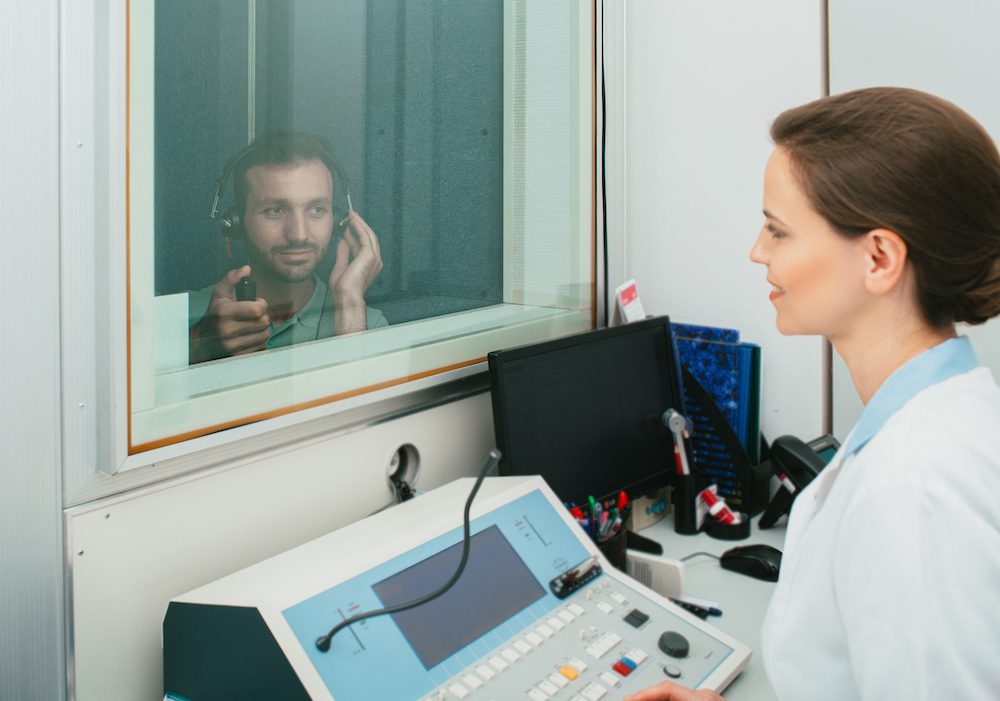Understanding the Causes of Hearing Loss
In a world full of sounds, maintaining optimal hearing health is critical.


In a world full of sounds, maintaining optimal hearing health is critical.
When it comes to outdoor activities, there are many things to consider in

The Speech & Hearing Center is celebrating 70 years of service,